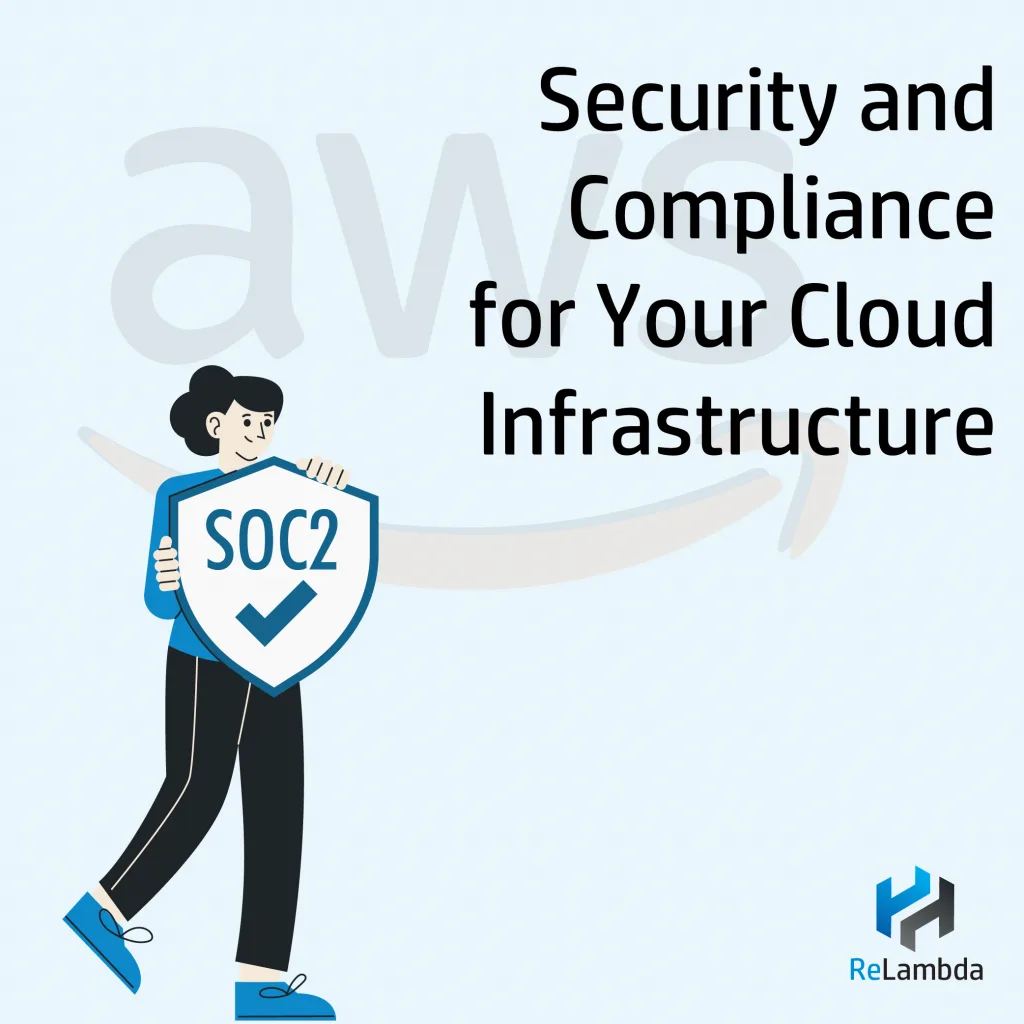Cloud Security Posture Management (CSPM): A Crucial Defense for Your Cloud Journey
The cloud offers unparalleled agility and scalability, but it also introduces new security challenges. This is where Cloud Security Posture Management (CSPM) comes into play. CSPM is a critical component of any organization’s cloud security strategy, providing continuous visibility and control over their cloud environments.
What is CSPM?
CSPM is a cybersecurity approach that continuously assesses and monitors the security posture of cloud environments. It involves:
- Visibility: Gaining comprehensive visibility into all cloud resources, including infrastructure, applications, and data.
- Assessment: Continuously assessing the security posture of these resources against industry best practices, compliance standards, and security policies.
- Enforcement: Automating security controls and enforcing security policies to remediate identified vulnerabilities.
- Reporting: Providing detailed reports on the security posture of the cloud environment, including identified risks, compliance gaps, and remediation actions.
Key Benefits of CSPM:
- Enhanced Security:
- Proactively identifies and mitigates security risks.
- Improves the overall security posture of cloud environments.
- Reduces the risk of data breaches and other cyberattacks.
- Improved Compliance:
- Ensures compliance with industry standards and regulations (e.g., PCI DSS, HIPAA, GDPR).
- Reduces the risk of fines and penalties.
- Cost Optimization:
- Identifies and eliminates unnecessary security spending.
- Optimizes resource utilization and reduces cloud costs.
- Increased Efficiency:
- Automates security tasks, freeing up security teams to focus on more strategic initiatives.
- Provides real-time insights into security threats.
- Improved Agility:
- Enables faster and more secure deployments of cloud applications.
- Supports rapid innovation and business growth.
Key CSPM Capabilities:
- Cloud Resource Discovery: Automatically discovers and inventories all cloud resources.
- Vulnerability Assessment: Identifies and prioritizes vulnerabilities in cloud resources.
- Threat Detection: Detects and responds to real-time security threats.
- Configuration Management: Ensures that cloud resources are configured securely and comply with security policies.
- Compliance Monitoring: Monitors compliance with industry standards and regulations.
- Security Information and Event Management (SIEM) Integration: Integrates with SIEM tools to provide comprehensive security monitoring and threat intelligence.
- Cloud Security Posture Dashboards: Provides real-time visibility into the security posture of cloud environments through interactive dashboards.
Choosing the Right CSPM Solution:
When selecting a CSPM solution, consider the following factors:
- Cloud Provider Support: Ensure the solution supports the specific cloud providers you are using (e.g., AWS, Azure, GCP).
- Integration Capabilities: Evaluate the solution’s ability to integrate with existing security tools and technologies.
- Scalability and Performance: Select a solution that can scale to meet the demands of your growing cloud environment.
- Ease of Use: Choose a solution that is easy to deploy, manage, and use.
- Cost-Effectiveness: Select a solution that provides the best value for your investment.
Conclusion:
CSPM is an essential component of any organization’s cloud security strategy. By continuously assessing and monitoring the security posture of their cloud environments, organizations can proactively identify and mitigate security risks, improve compliance, and optimize cloud costs. By investing in a robust CSPM solution, organizations can confidently embrace the cloud and unlock its full potential.


